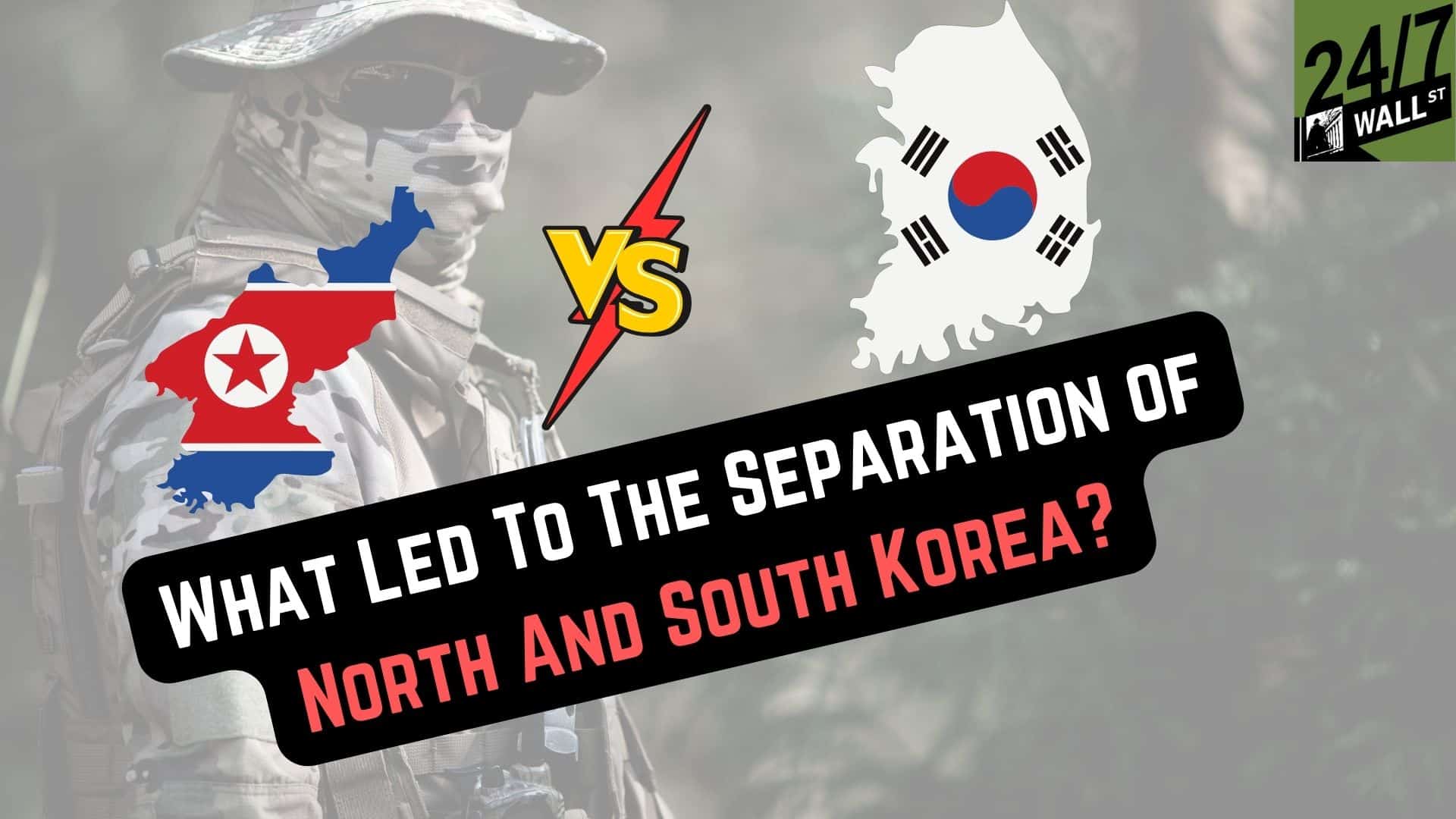
Geopolitics Are Complicated
Austin Smith and Michael Muir discuss the historical context and events that led to the division of Korea into North and South Korea. They explain that Korea was historically a unified peninsula, with the partition occurring only in 1945, at the end of World War II. This division was initially meant to be temporary. Michael details the Japanese occupation of Korea from 1910 to 1945 and the geopolitical dynamics involving the Soviet Union and the United States that resulted in the split along the 38th parallel. The conversation also touches on the mass movement of people across this border and the lasting impacts of these events on the region.
But Investing Doesn’t Need to Be
With so much turmoil and uncertainty, it’s easy to forget that there are mega trends brewing that could make investors fabulously rich. The few who are looking ahead to the future are placing their bets, and the most promising opportunity by far is AI. That’s why we penned a 38-page research report titled “the next Nvidia” revealing our top three AI picks for the years ahead. For a limited time, you can access the report, completely free, simply by clicking here.
Transcript:
Hello, Austin Smith here, and I’m joined today with Michael Muir, who’s our defense and military expert on 247wallstreet.com.
And Michael, I wanted to talk about one of the most contentious and perhaps least well understood corners of Earth, and that is North and South Korea.
I wanted to understand a little bit about the actual history of the tension here.
We all know that North and South Korea don’t like each other, but what is the reason for what is the cause of this tension?
And you know, why do we have this incredible contrast of a developed nation just in close proximity to a challenged nation, we’ll be charitable here?
But please update us, what is the actual history here that led to the current dynamic we see today?
Well, Korea historically has always been a unified peninsula.
The partition is actually a very recent thing if you look at the long-term history.
That occurred in 1945, right at the tail end of World War II.
Even then, that was only supposed to be a temporary measure.
For those who are maybe not aware, in 1945, Korea was under Japanese occupation, a pretty brutal colonial occupation that began in 1910.
Aspects of that are actually still apparent in modern discourse between South Korea and Japan.
There’s this kind of feeling that Japan has not done enough to make amends for its past crimes against Korea.
But for our purposes, the division began in 1945, and that was kind of an ad hoc situation.
So in August 1945, again, for audience unaware, that’s right at the end of the Pacific War.
Germany’s already surrendered.
The Soviet Union and Japan had a neutrality pact that somehow held all the way to August 1945.
And Stalin honored a pledge to enter the Pacific War in August 1945.
And of course, at the same time, that’s when the U.S. bombed Hiroshima and Nagasaki.
So these twin punches caused Japan to drop out of the war very quickly, in fact, a lot quicker than the allies had expected.
So there was the question of what to do about Korea now.
Oh, please, please. I sound like you’re going to ask a question.
Yeah. So what happened was the Soviet Union smashed the Imperial Japanese Army in Manchuria and pretty much had a clear run at the entire Korean Peninsula.
Now, the plan all along was to liberate any territory that had been taken forcefully by the Japanese, and Korea was included in that.
That was going back to the Cairo Declaration in 1943.
But Japan surrendering so quickly in the middle of August 1945 created a bit of a problem.
So the initial plan was to have multiple powers sort of overseeing Korea until they were ready, as they saw it, to rule themselves.
So it was supposed to be sort of a temporary stewardship shared amongst multiple powers.
So what ended up happening is the Soviet Union and the United States agreed to divide Korea along the 38th parallel, which was quite a remarkable concession for the Soviet Union to make because the Americans wouldn’t even arrive in Korea for another month.
So the division at 38th parallel wasn’t necessarily a hard border.
People were quite free to cross it.
In fact, 1.6 million people did cross from North to South Korea at this time.
A lot of them were more educated or more religious and not going to do terribly well under Soviet occupation.
So that’s how the division began as kind of an ad hoc measure in August 1945.
Want to Retire Early? Start Here (Sponsor)
Want retirement to come a few years earlier than you’d planned? Or are you ready to retire now, but want an extra set of eyes on your finances?
Now you can speak with up to 3 financial experts in your area for FREE. By simply clicking here you can begin to match with financial professionals who can help you build your plan to retire early. And the best part? The first conversation with them is free.
Click here to match with up to 3 financial pros who would be excited to help you make financial decisions.
Have questions about retirement or personal finance? Email us at [email protected]!
By emailing your questions to 24/7 Wall St., you agree to have them published anonymously on a673b.bigscoots-temp.com.
By submitting your story, you understand and agree that we may use your story, or versions of it, in all media and platforms, including via third parties.
Thank you for reading! Have some feedback for us?
Contact the 24/7 Wall St. editorial team.



